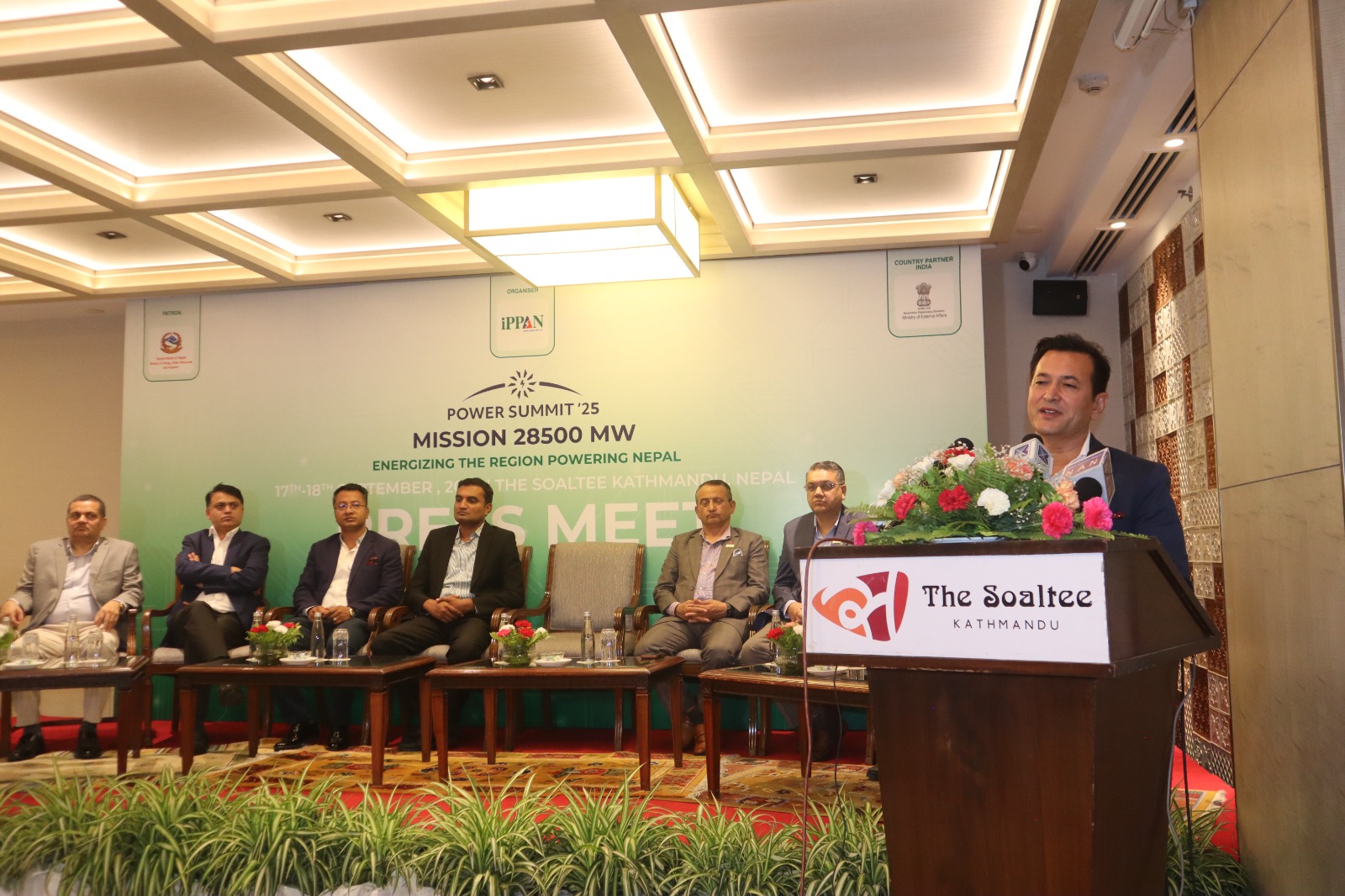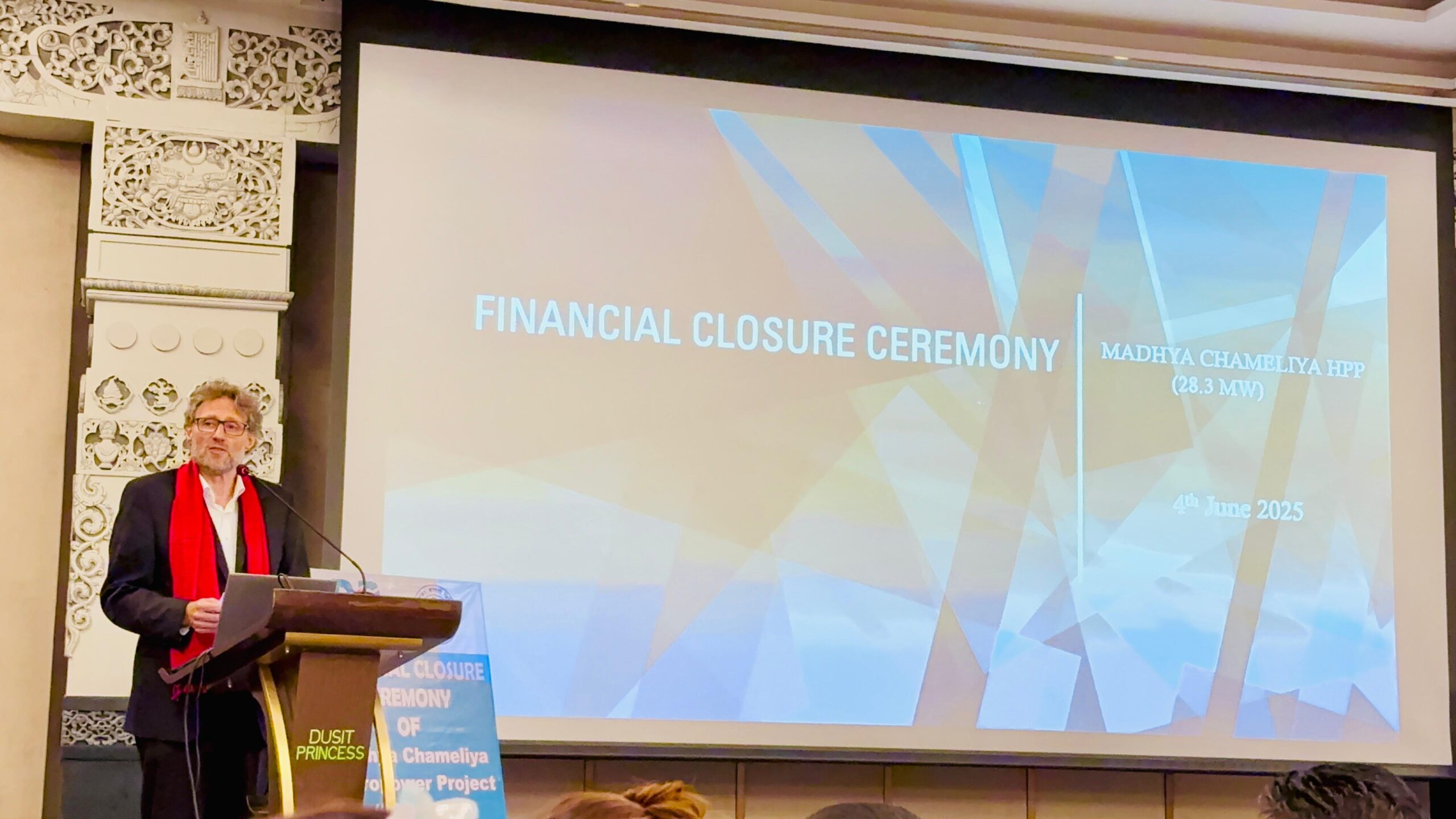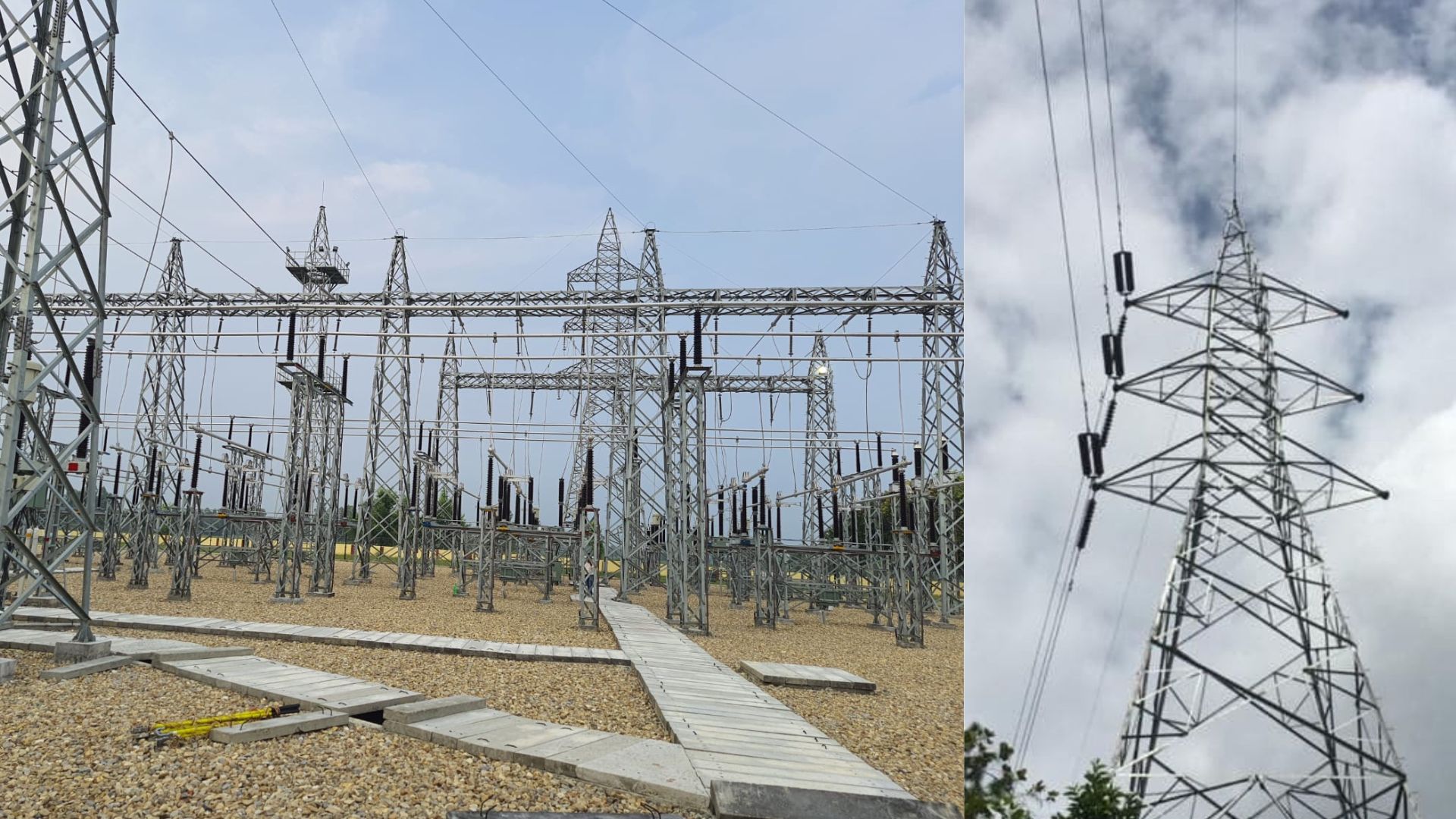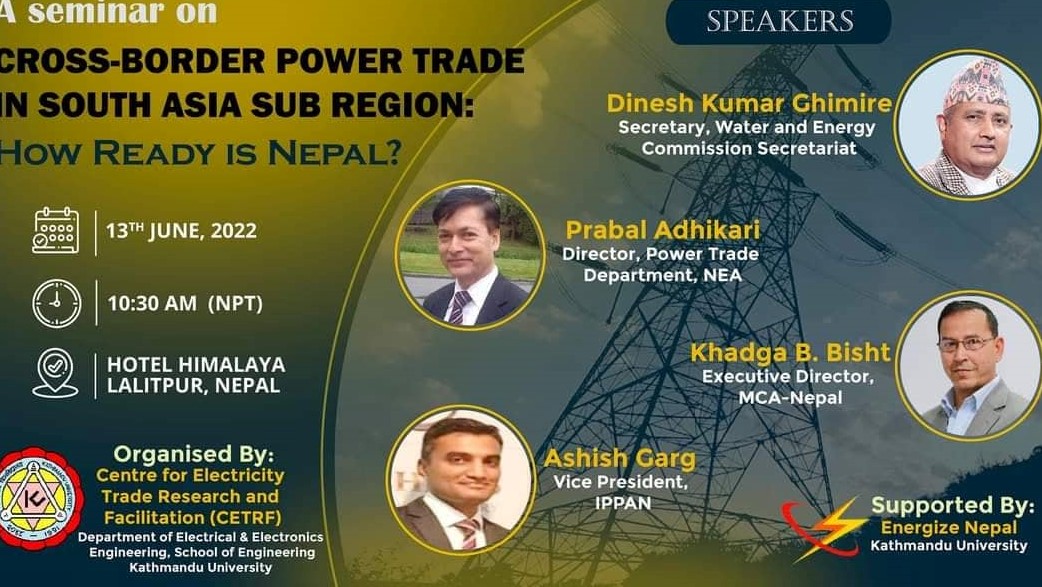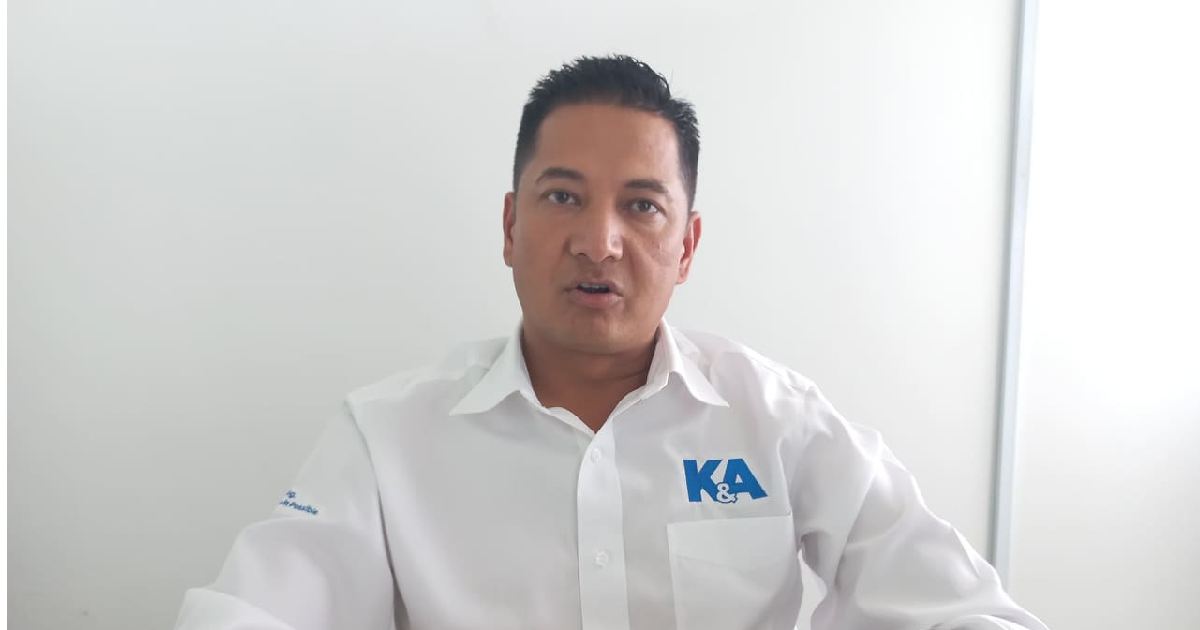
Kulman Ghising Executive Director of Nepal Electricity Authority (NEA), came into the limelight after ending load shedding that had been plaguing the nation for nearly one and a half decades. After showing the landmark performance in his first tenure, he is trying to make his second inning also with some impressive initiatives including efforts to develop large-scale hydropower projects to promote investment in the energy sector. Talking to Bhim Gautam and Dhana Dhakal of nepalinfrastructure.com Ghishing delve into the wide rages of challenges and opportunities for the development of hydropower in Nepal.
Immediate after the government’s decision to develop Budhi Gandaki Hydropower Project on its own resources, the project is likely to come under NEA’s purview again. How capable we are financially to develop such a big project?
NEA is a capable institution with skilled human resources to undertake even big responsibilities. We have proved our strength in the past also. Therefore, I am confident that NEA can deliver Budhi Gandaki Hydropower Project.
If works were continued since the project came under the NEA four years ago, more than half of the progress in the construction would have been achieved by now. We had made the investment modality of the project when the 1200 MW reservoir project was under the NEA. Unfortunately, the project is in the same situation for the last four years. Once, NEA had been overseeing three strategic projects. The first is the 1,061 MW Upper Arun Project. Even though it is a semi-reservoir project, it can generate electricity at par with the reservoir ones. The annual energy to be generated by this project is about 4,500 Gwh, which is half the electricity consumption nationwide. The energy generation capacity of the Budhigandaki I project is only 3,300 GWh annually. The second is Budhi Gandaki Project. Even though the installed capacity is 1,200 MW, the Budhigandaki project has become more expensive due to a lack of sufficient energy generation. The third strategic project is the 750 MW West Seti. These are the projects which could be constructed immediately after arranging the investment. There are many small projects which are being developed by NEA. Successful delivery of these vital projects depends on how the state mobilizes its own resources effectively. I am confident that these projects will take off if NEA gets involved in the implementation process.
We are currently in talks with the Asian Development Bank (ADB) and the European Investment Bank (EIB) for financing for Dudhkoshi Hydropower Project. The talks have progressed toward signing a loan agreement. The World Bank has committed to investing 50 percent of the total cost in Upper Arun Project. We are looking for sources of investment for the remaining 50 percent of the cost. An agreement is being signed soon to raise 40 percent (about Rs 53 billion) of finance for the project. We are reaching a financial closure agreement with a consortium of around 8 to 10 financial institutions including the Employees Provident Fund, for the project.
If we want to make Budhigandaki ourselves, we have to make a clear investment modality. The modality that NEA made, envisaged encouraging people’s investment to make the project financially viable. As of now, the land acquisition work has reached its final stage. If the current investment is only for energy production, public money can still be invested. If not, only the amount raised from the petroleum tax for old age can be invested. Though the Infrastructure Tax has been levied for Budhi Gandaki Project, the amount has been found to have been spent in other sectors. We need strong willpower to construct such big infrastructure projects as Budhi Gandaki and the three strategic projects that I mentioned earlier. It is good that the government has put West Seti ( West Seti +SR 6) on high priority. However, further study for this project is required as earlier study has become not relevant in the current situation.
It is estimated that more than Rs 400 billion will be required for investment in Budhigandaki Project. It seems that the project cannot be economically viable unless Viability Gap Funding (VGF) is provided in the process of project development. But government officials are reluctant to take a decision in this regard. Against this backdrop, what is your investment modality to make the project economically viable?
The estimated cost of Budhigandaki is around Rs 300 billion. It will arrange an amount of around Rs 50 billion from the VGF. This project has to be built by the government itself through loans from financial institutions and public bonds. If NEA issues a bond for Budhigandaki Project, we are confident that we will get a positive public response. It would be better if the bonds taken from the public are converted into ordinary shares. Arranging investment for the project is not the big deal if it ensures at least 15 percent returns. Another option for financing is issuing shares of NEA to the public. It is the right time to issue public shares as NEA has consolidated its financial position. We can arrange Rs 150 billion from the public for Budhi Gandaki Project if we sell 25 percent of NEA’s share.
Why is the process of selling 25 percent share to the public delaying?
We are now in the process of issuing shares to the public. The decision to issue the public shares must be taken by the Council of Ministers. After that, the process of issuing public shares can move ahead. In my opinion, it is the optimum modality for financing Budhi Gandaki Project. NEA will be able to earn at least Rs 20 billion out of the Budhi Gandaki annually, which is sufficient to fulfill the annual financing requirement for large-scale projects like the Karnali-Chisapani project.
You have given an easy option to finance the Budhi Gandaki project. How are you assured that your modality will work amid uncertainty about whether this modality is feasible or not?
We all know that much persisting delay in the construction of the Budhi Gandaki project is due to a lack of clarity on the investment modality of the project. I had floated the idea of modalities for investing in the Budhi Gandaki Project some four years back. However, the environment was not conducive then to discussing and implementing these modalities. NEA may not be able to arrange 100 percent funding through a power purchase agreement (PPA). It is not possible in that modality to sign PPA abroad while allowing others to invest. It seems possible to do PPA with foreigners by raising domestic investment. If Nepal is to implement Budhi Gandaki Project with domestic investment, then the option I have given earlier is the best.
While talking about the construction modalities of large hydropower projects of strategic importance, how can we uplift our economy through these projects?
Our trade deficit has touched Rs 1500 billion, which highest ever recorded in our foreign trade history. I have seen increasing the export of electricity is one of the best ways to reduce the worsening trade imbalance. On the other hand, we can consolidate our foreign currency reserve by bringing down the electricity import bill. Similarly, we can promote the use of electricity in the kitchen, transport, and agriculture sectors which support reducing demands for petroleum products and ultimately support decreasing imports. Given the increasing amount of food grain imports, we can promote electrification in agriculture and bring down the cost of production. Our farm products will be more competitive in the domestic market, which is dominated by comparatively cheaper imported produces.
At a time when the tourism sector is in a difficult position and remittance inflow is declining, electricity will be a reliable source of earning foreign currency and improving our foreign reserves. If we had implemented the 10,800 MW Karnali-Chisapani Project in time, we would have witnessed a huge economic transformation in the country with the export of electricity. To pave way for more electricity generation and export, we need to create a positive environment for investment in hydropower projects.
The total originally estimated cost of the Karnali Chisapani project was Rs 400 billion. Let’s make this project from the annual income of the Budhigandaki Project. We don’t need all the money at once. While investing during the construction period, Budhigandaki can build the Karnali Irrigation Project and the rest of the required amount can be borrowed, in case of additional funding.
Energy security and energy independence are always debated. When can we become energy independent?
There is no energy freedom without energy security. Our water is the entire source of energy. It is also a source of food security. Hydropower is generated from water. When water is broken down by electrolysis technology, hydrogen and oxygen are formed. If the same hydrogen is produced commercially, it can be sold in the world market. Hydrogen is being used as a fuel in small and large vehicles. Green hydrogen is released from the water. All vehicles such as buses, trucks, and cars will run on green hydrogen. Why import petrol and diesel when electric vehicles and hydrogen vehicles can be operated? Instead, hydrogen fuel can be exported. Fuel centers have been set up in many parts of the world to sell hydrogen fuel. Hydrogen will also be used in the chemical fertilizer industry.
Ammonia gas can also be produced in the same way. Hydrogen and nitrogen in the air combine to form ammonia. Ammonia consumed here is now being imported. If ammonia can be produced in the country, it will be exported. If natural gas is reacted with carbon dioxide, cooking gas can be produced. Electricity and water also became green gas.
The government had sent 300 engineers abroad to study to complete Karnali Chisapani ( which was commenced ) in 1986 by 2000.
The plan could not yield the desired result. All those engineers are living their retired life. What is the benefit to us when Karnali is not irrigated?
The water is flowing in the river for years and we are losing money due to missed opportunities to harness the potential of water resources. The project provides 20 billion units of electricity annually. While our current electricity consumption is 8 billion units. Let’s sell 20 billion units of electricity at only INR 3 per unit to India, we will earn INR 60 billion annually. Electricity from such reservoir projects can be sold to make our country rich through selling electricity. Studies have shown that Nepal will be the source of renewable energy in the next 50 years.
In the future, hydropower, green hydrogen, ammonia, and chemical fertilizers will reach India, Bangladesh, and other countries from Nepal. When this happens, Nepal will be the source of everyone’s energy. Today, even petroleum-producing countries see the future of renewable energy and build large-scale solar power projects. Seeing the market for green hydrogen, these countries are now investing in solar energy.
They are investing in renewable energy today, seeing tomorrow’s green hydrogen market. All solar power projects are being built in the desert. They will start selling green hydrogen from the day they stop selling petroleum fuel. Nature has given us so many rivers and canals. It was a great opportunity for us to generate maximum hydropower and sell it in the international market.
Not much time has passed now. If we work now without delay and confusion, it seems that a large amount of electricity can still be exported in the future. Political parties do not understand much about our energy dynamics. But, we, the people who understand, can convince them. Instead of being self-reliant, our dependence is increasing day by day, which is unfortunate for us.
What is the reason behind such a situation in Nepal?
In fact, unfavorable policies have made us energy-dependent. We are highly dependent on petroleum for energy. At present, our average per capita power consumption is 300 units. 50,000 MW of electricity is needed to bring electricity consumption to par with China. To reach the level of South Korea in energy consumption, we need to generate a minimum of 1 to 1.5 million Mw of electricity. We have to set a target to generate electricity to increase the consumption to the level of South Korea. We have the potential to generate 80,000 to 90,000 Mw from the reservoir projects. We can generate only around 30,00 Mw if we develop only run-of-the-river projects. Therefore, we are removing the provision of the Q-40 design to use maximum resources. Bhutan is building a hydroelectric project in Q-20 design.
A number of other projects including roads and run-of-the-river projects planned by the government itself have impeded the prospects of developing reservoir projects. On the other, even highly fertile land areas are being destroyed by plotting companies. We have only 1.7 million hectares of cultivable land. Billions of rupees have been spent on food imports due to a lack of vision on agriculture development through commercialization. If a reservoir project is built in the hills, the production of agricultural commodities will increase through easy access to electricity for irrigation. But those who are protesting against reservoir projects, are ignoring the multiple benefits from such projects including agriculture, and tourism, among others. We would not be able to cater to increasing electricity demands spurred by the rising population if we failed to develop reservoir projects in Nepal.
What policy reforms are necessary to save the country from tomorrow’s energy and food crisis?
In order to save the country from future crises, potential areas for developing reservoir hydropower must be protected as many roads and run-of-the-river projects are in pipeline risking the prospects of the storage projects. We need to promote electricity use for irrigation purposes and prevent plotting on fertile land so that we can boost our food production at a lower cost.


